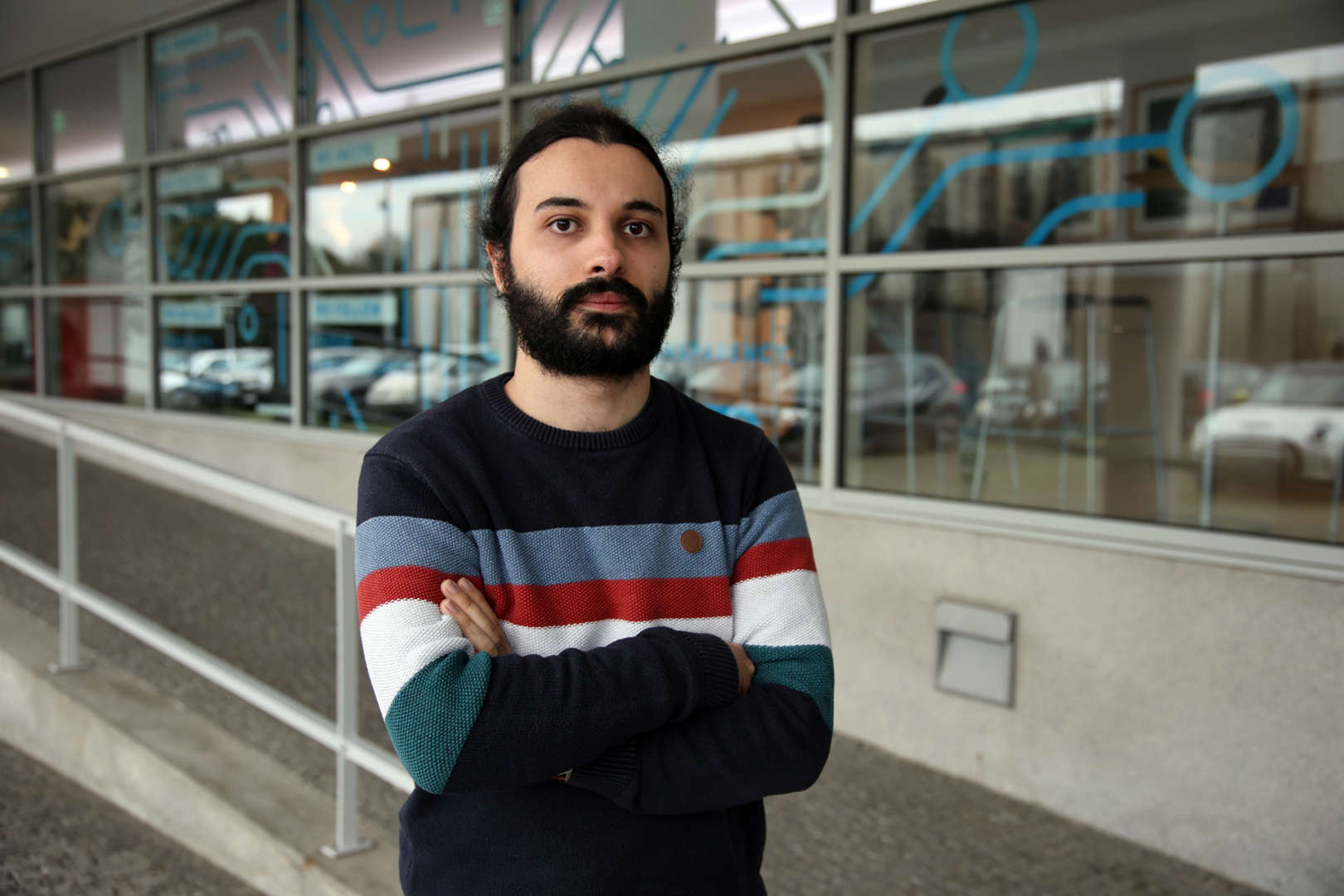Detalhes
Nome
Francisco Adrião OliveiraCargo
Assistente de InvestigaçãoDesde
11 setembro 2023
Nacionalidade
PortugalCentro
Centro de Robótica Industrial e Sistemas InteligentesContactos
+351222094164
francisco.a.oliveira@inesctec.pt

2024
Autores
Oliveira, F; da Silva, DQ; Filipe, V; Pinho, TM; Cunha, M; Cunha, JB; dos Santos, FN;
Publicação
SENSORS
Abstract
Automating pruning tasks entails overcoming several challenges, encompassing not only robotic manipulation but also environment perception and detection. To achieve efficient pruning, robotic systems must accurately identify the correct cutting points. A possible method to define these points is to choose the cutting location based on the number of nodes present on the targeted cane. For this purpose, in grapevine pruning, it is required to correctly identify the nodes present on the primary canes of the grapevines. In this paper, a novel method of node detection in grapevines is proposed with four distinct state-of-the-art versions of the YOLO detection model: YOLOv7, YOLOv8, YOLOv9 and YOLOv10. These models were trained on a public dataset with images containing artificial backgrounds and afterwards validated on different cultivars of grapevines from two distinct Portuguese viticulture regions with cluttered backgrounds. This allowed us to evaluate the robustness of the algorithms on the detection of nodes in diverse environments, compare the performance of the YOLO models used, as well as create a publicly available dataset of grapevines obtained in Portuguese vineyards for node detection. Overall, all used models were capable of achieving correct node detection in images of grapevines from the three distinct datasets. Considering the trade-off between accuracy and inference speed, the YOLOv7 model demonstrated to be the most robust in detecting nodes in 2D images of grapevines, achieving F1-Score values between 70% and 86.5% with inference times of around 89 ms for an input size of 1280 x 1280 px. Considering these results, this work contributes with an efficient approach for real-time node detection for further implementation on an autonomous robotic pruning system.
2024
Autores
Oliveira, F; Tinoco, V; Valente, A; Pinho, TM; Cunha, JB; Santos, F;
Publicação
Progress in Artificial Intelligence - 23rd EPIA Conference on Artificial Intelligence, EPIA 2024, Viana do Castelo, Portugal, September 3-6, 2024, Proceedings, Part I
Abstract
Pruning consists on an agricultural trimming procedure that is crucial in some species of plants to promote healthy growth and increased yield. Generally, this task is done through manual labour, which is costly, physically demanding, and potentially dangerous for the worker. Robotic pruning is an automated alternative approach to manual labour on this task. This approach focuses on selective pruning and requires the existence of an end-effector capable of detecting and cutting the correct point on the branch to achieve efficient pruning. This paper reviews and analyses different end-effectors used in robotic pruning, which helped to understand the advantages and limitations of the different techniques used and, subsequently, clarified the work required to enable autonomous pruning. © The Author(s), under exclusive license to Springer Nature Switzerland AG 2025.
2022
Autores
Oliveira, F; Tinoco, V; Magalhaes, S; Santos, FN; Silva, MF;
Publicação
2022 IEEE INTERNATIONAL CONFERENCE ON AUTONOMOUS ROBOT SYSTEMS AND COMPETITIONS (ICARSC)
Abstract
There has been an increase in the variety of harvesting manipulators. However, sometimes the lack of efficiency of these manipulators makes it difficult to compete with harvesting tasks performed by humans. One of the key components of these manipulators is the end-effector, responsible for picking the fruits from the plant. This paper studies different types of end-effectors used by some harvesting manipulators and compares them. The objective is to analyse their advantages and limitations to better understand the requirements to design an end-effector to improve the performance of a custom Selective Compliance Assembly Robot Arm (SCARA) on the harvest of different types of fruits.
The access to the final selection minute is only available to applicants.
Please check the confirmation e-mail of your application to obtain the access code.

